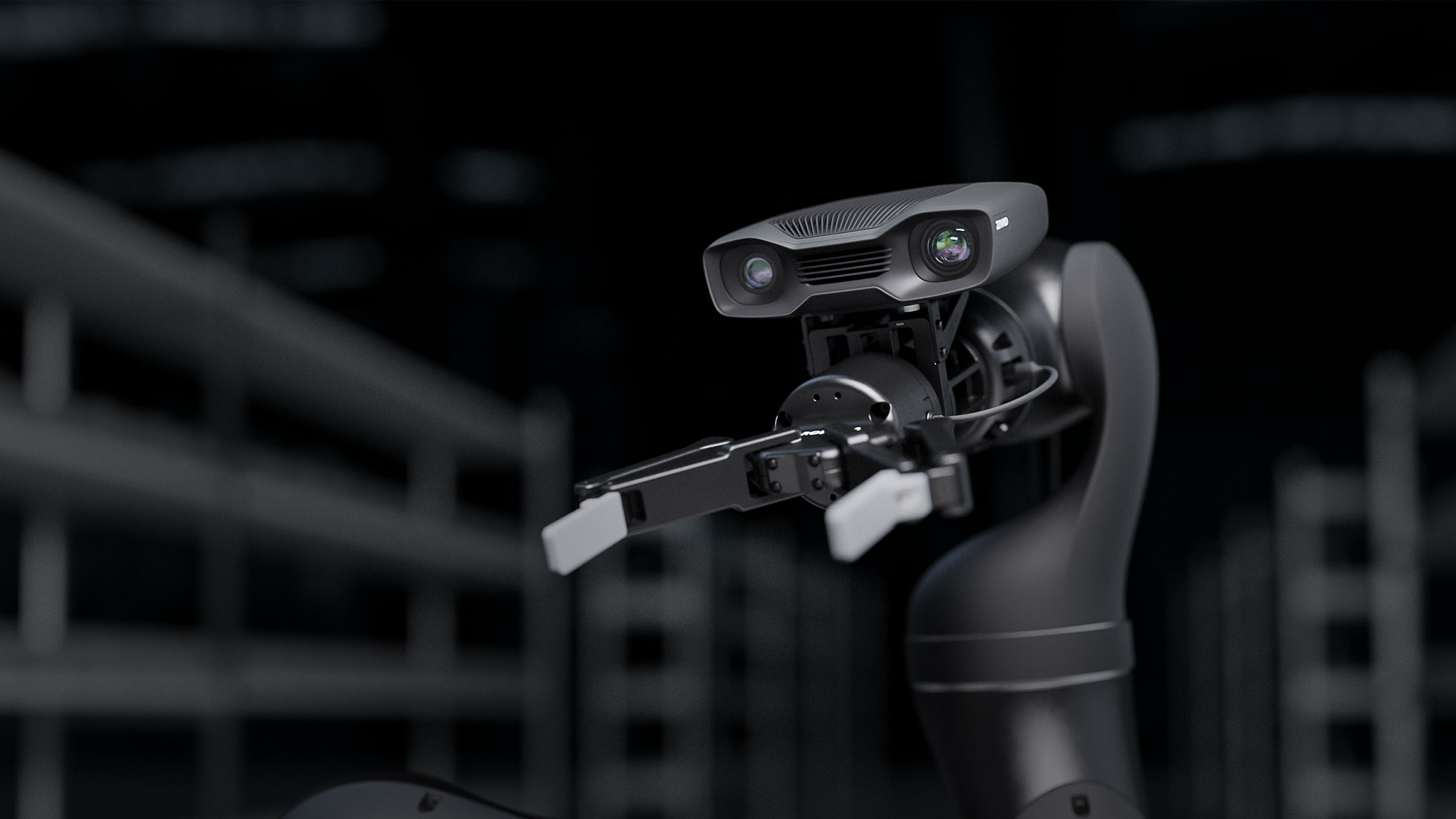Get your 3D Solution off to a Flying Start with Application Presets
Time is precious, and time spent not achieving what you want is frustrating and can be costly. 3D machine vision is complex by nature, but there is no reason for it to be difficult to make happen exactly as you wish.
At Zivid we believe 3D cameras should function with an appliance philosophy. They are indeed very sensitive, complex, and highly calibrated items of equipment, but that complexity shouldn’t be confusing or difficult for a user and as such have ease of use and great user experience baked into their design. This is the route Zivid is following.
Table of contents
- Making 3D machine vision easy
- Why we created application presets
- How application presets work
- Presets overview
Consumer goods
Parcels
Manufacturing
Inspection - Explore point clouds made with application presets
Making 3D machine vision easy
Getting a 3D machine vision system working can certainly present numerous frustrations. There are a myriad of factors that need to be considered. It can feel overwhelming when first working with a new 3D sensor or camera as there is no standardized interface format like you find with digital SLRs for example.
It is unlikely that an industry-harmonized interface will appear anytime soon in machine vision, so in the meantime, it’s our job at Zivid to make it as easy as we possibly can. With the application presets we have introduced something that should get you very close, very quickly to what you are looking for with your captures on your chosen subjects.
Why we created application presets
Many people developing with a 3D camera may not be machine vision or computer vision specialists, moreover, many of the customers we work with are multi-disciplinary engineers and developers who are putting a working system together. They are wearing multiple hats to get projects flying and are expected to be experts in them all. It is very important to be able to fire up your 3D camera and get great results in a short timeframe.
Of course, You still like to have the option to do some further fine-tuning to get that last few percent of quality out of your captures, and Zivid offers that option. But for the most part, these presets should provide very high-quality results on your application and object types the first time around.
How application presets work
The presets are grouped into common application categories:
- Consumer goods
- Parcels
- Manufacturing
- Inspection
Additionally, each category has the option of optimizing for quality, or for speed and all have ambient light adaptations for 50Hz or 60Hz lighting.
The presents are simple and intuitive to use and are a simple 3-step process:
- Select the application category
- Select the highest quality or fastest capture speed
- Choose projection mode
To get a deeper technical dive and look at code samples and benchmarking results you can go to the presets page on our knowledge base.
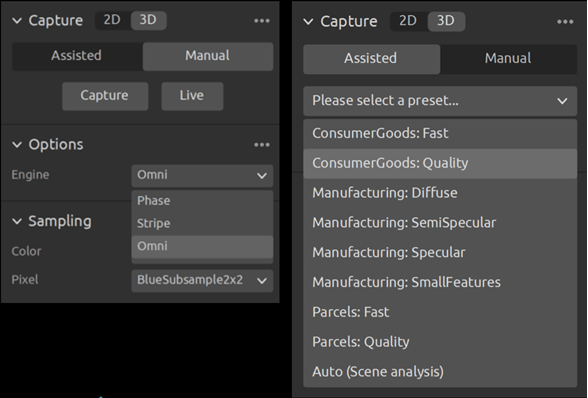
Simple and intuitive selection of application presets
Presets overview
Preset: Consumer goods cover all the items you would expect to find in a piece-picking or item-picking application at a fulfillment center. This could cover thousands of different SKUs (Stock Keeping Units) that are a wide range of sizes, shapes, materials, and colors. Speed is a key consideration in such a scenario and capture times are typically expected to be completed somewhere between 300 ms and 1000 ms, based on point cloud quality requirements. In such an application completeness of the point cloud and as many data points as possible is given preference over fewer with very fine accuracy. This is because detecting the item and its position is critical, but they most likely will be picked by a suction end effector which has some tolerance in the picking operation itself.
Supported Zivid 3D cameras:
Setting: Fast is for use when speed is absolutely the priority overriding all else.
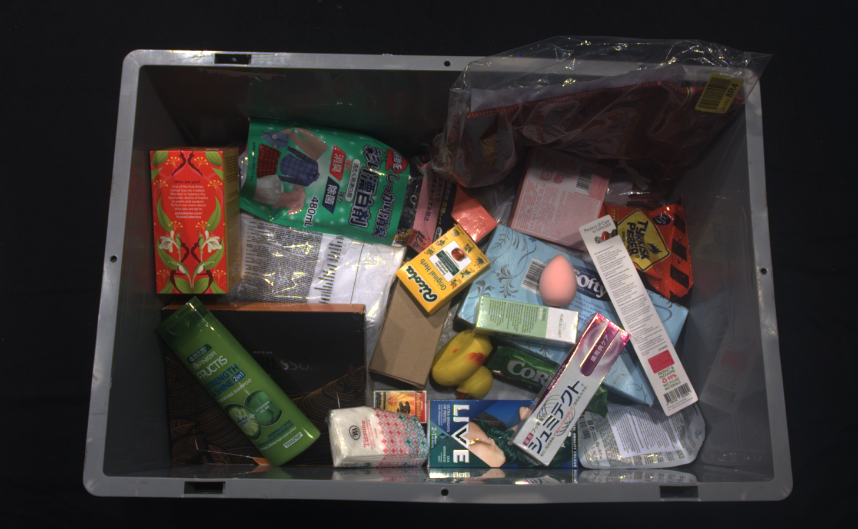
Typical Consumer Goods: Fast scene
Setting: Quality is used when a little more time budget is available, but still must be fast, and a richer more accurate point cloud is highly desirable.

Typical Consumer Good: Quality scene
Preset: Parcels is aimed at all items that are typically encountered in logistics centers. These include boxes, plastic bags, and packages. This is a high-speed environment and capture time is expected to be completed in 200 ms to 400 ms. Again, complete point clouds without holes and missing areas are of most importance over absolute point cloud accuracy and precision.
Supported Zivid 3D cameras:
Setting: Fast/Matte is for scenes where the items are uniform and easy to obtain 3D data from, such as brown cardboard boxes.
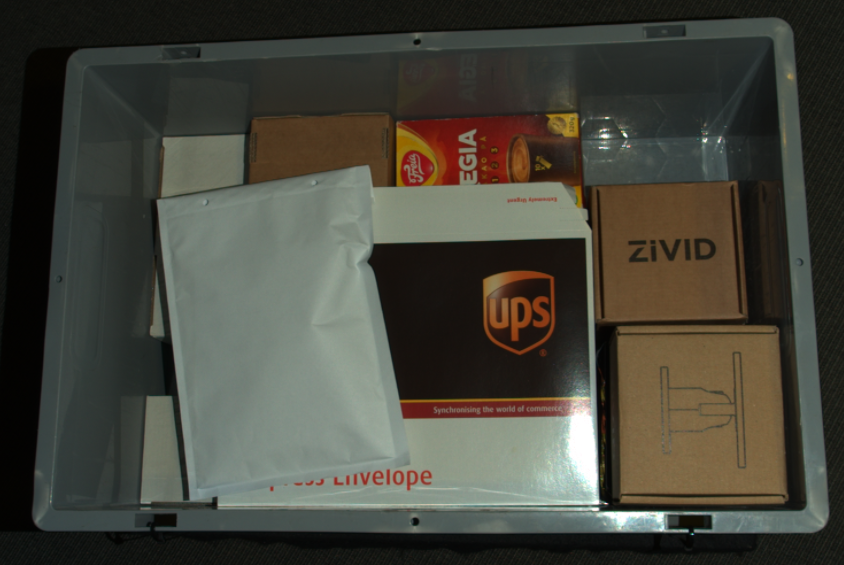
Typical Parcels: Fast/Matte scene
Setting: Quality is for a more challenging and more diverse array of items to be picked such as black plastic bags and dark, reflective parcels.
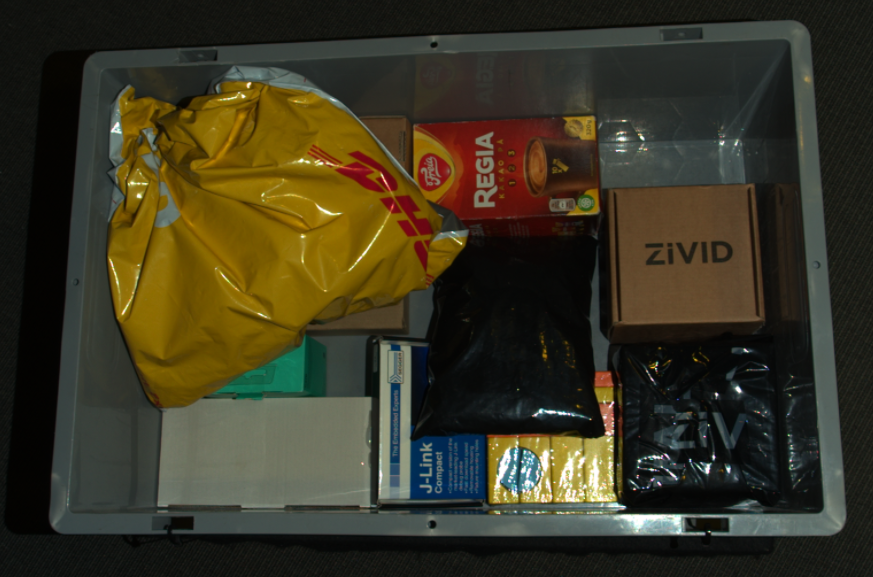
Typical Parcels: Quality/Reflective scene
Preset: Manufacturing covers all types of objects commonly found in bin-picking, machine tending, and assembly operations. This can also represent a considerably wide range of potential items of different sizes, shapes, colors, and materials, often they can be shiny and highly reflective. Usually, these parts are randomly placed but are common items with each bin containing only one type of part. In this scenario, high accuracy is the key consideration as often there will be metal parts that are being picked with stiff grippers and the accuracy of the point cloud must be of the very highest quality to ensure repeated successful picking of parts.
Supported Zivid 3D cameras:
Setting: Diffuse is for relatively simple scenes with limited dynamic range and a little reflection, such as dull, matte metal parts, or conversely matte rubber pipes.

Typical Manufacturing: Diffuse scene
Setting: Specular is for challenging scenes with highly reflective parts and/or small and detailed, such as an M5 bolt. The capture time here is secondary to the importance of capturing all the fine details of the part and its position and orientation with precision and high accuracy to ensure a successful pick.
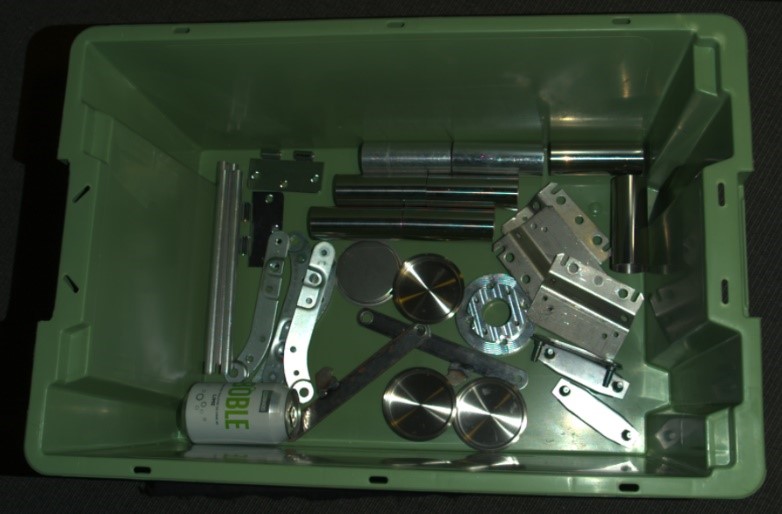
Typical Manufacturing: Specular scene
Setting: Semi-specular is a setting that is a good intermediate point for items with quite a broad dynamic range where there are reflections but not excessively so.
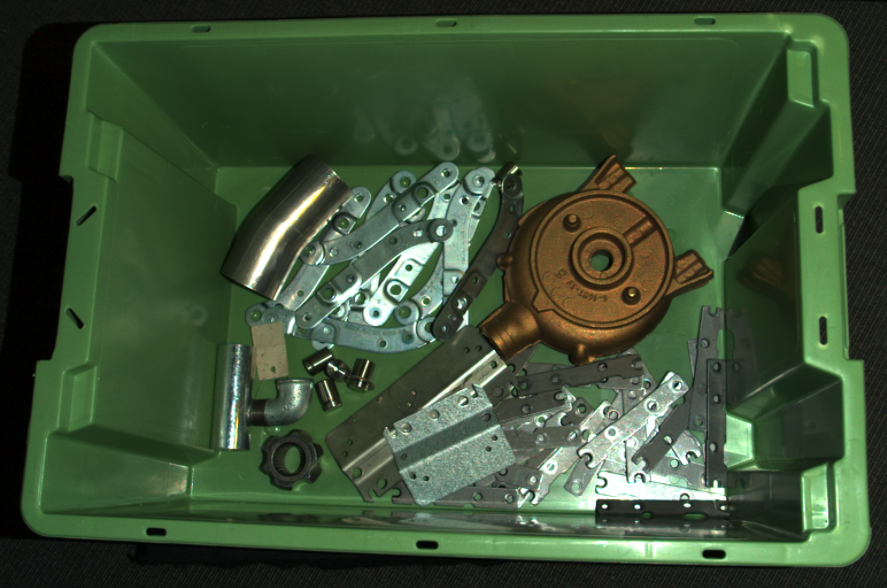
Typical Manufacturing: Semi-specular scene
Preset: Inspection is ideal for maintenance inspection applications. Typical examples here might be the surveying of a locomotive undercarriage for wear and tear, inspection of welding joints, or wiring connections in automotive and white goods production. Inspection does not have a high demand for speed, but absolute point cloud quality and completeness are paramount. You can expect capture times between 1000 ms and 3000 ms.
Supported Zivid 3D cameras:
Setting: Default (for Zivid 2+) is suited to scenes that have reflective parts with a high dynamic range.
Setting: Small features (for Zivid 2+) is best for very small details and parts that need the richest, most detailed point clouds to reveal very small features and items, and example could be the inspection of an electronic printed circuit board (PCB).
Setting: Close (for Zivid 2 and Zivid One+) is suitable for working distances of approximately 35 cm.
Setting: Far (for Zivid 2 and Zivid One+) is suited to working distances of approximately 60 cm.
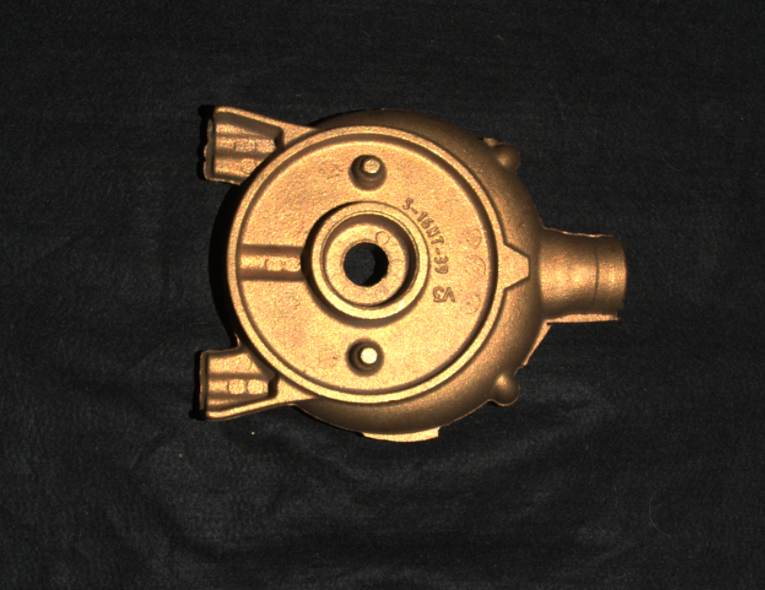
Typical Inspection: Default/Far scene

Typical Inspection: Small Features/Close scene
Explore point clouds made with application presets
Here at Zivid, we believe in ‘eating our own dog food’, a famous phrase made popular in the early days of software engineering. Essentially if you think it’s good enough for your customers, it should be good enough for use internally as well. In this respect, our engineers often start with presets and take it from there when doing imaging studies and testing. If you want to explore the range of example point clouds we have made using application presets.
Summary
Getting started is always a learning curve and 3D machine vision can present quite a steep and intimidating one. Getting good results fast builds confidence and enthusiasm, getting great results right out of the gate really makes you feel you can achieve your goals and makes you not only trust but believe what you’re working with can fulfill ambitions. And what’s more means you’ll have more fun doing it, and innovation should be fun too right?
At Zivid we are truly committed to a plug-and-play mentality. Where you plug a 3D camera in, and it gets superb point clouds with the minimum effort required. These presets were designed to bring us one step closer to completing that goal.
We are sure you will find the new presets beneficial to getting started and immediately see high-quality results. We believe on average they will give you clean results that can allow you to begin working with the data right away. But of course, with ease of use, you always want flexibility too, and you have access to the full range of filters and tools to do further tweaking as necessary. We hope you like them.
You May Also Like
These Related Stories
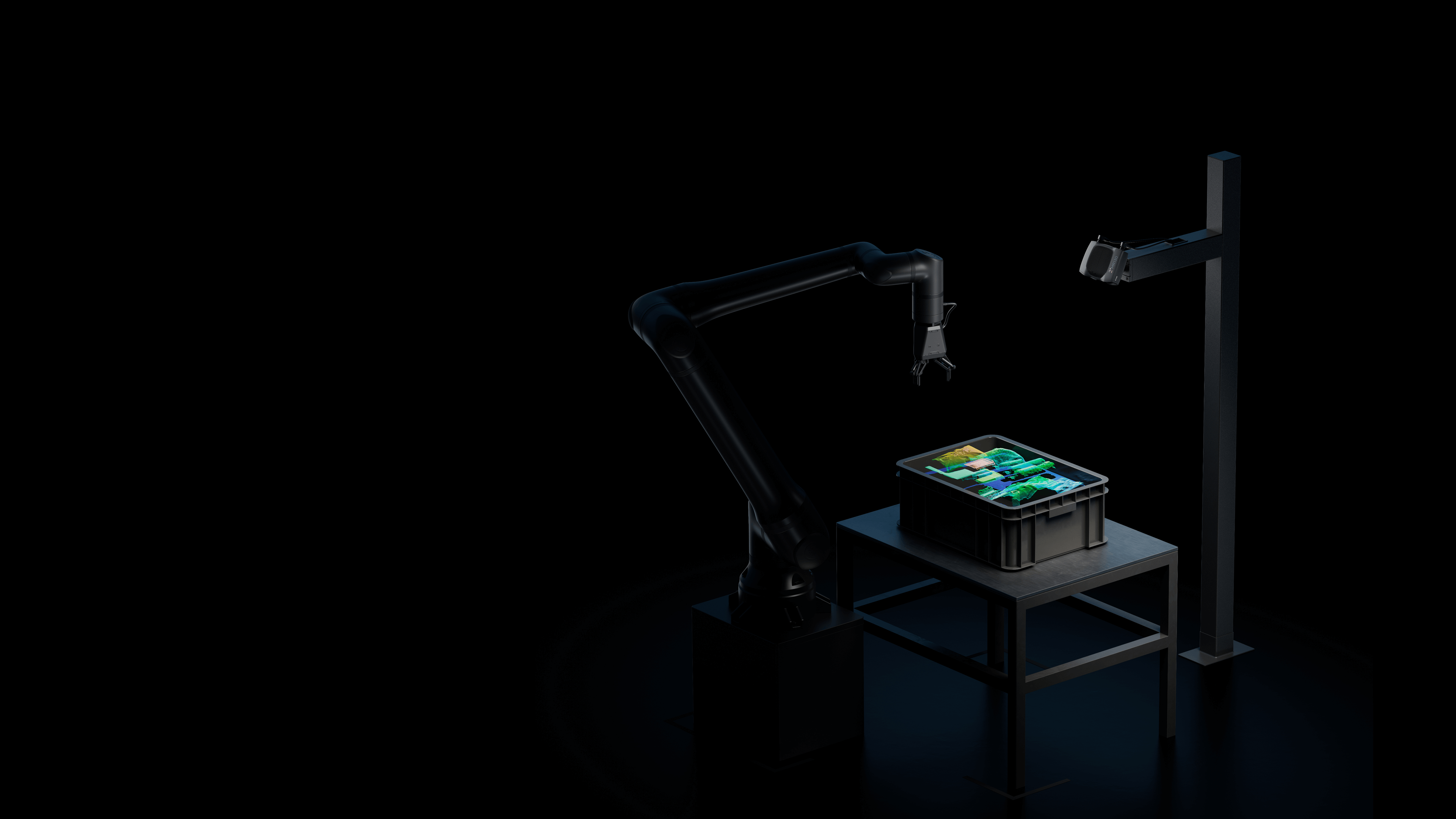
Zivid 2+ R-series 3D Cameras Deliver Speed Breakthrough for Warehousing Robots
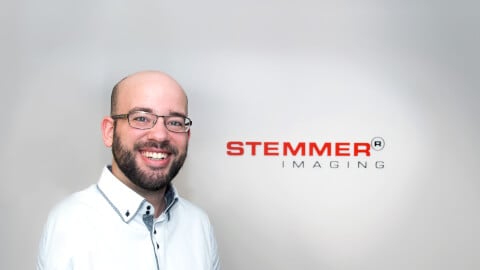
Inside Stemmer Imaging with Tim Huylebrouck
